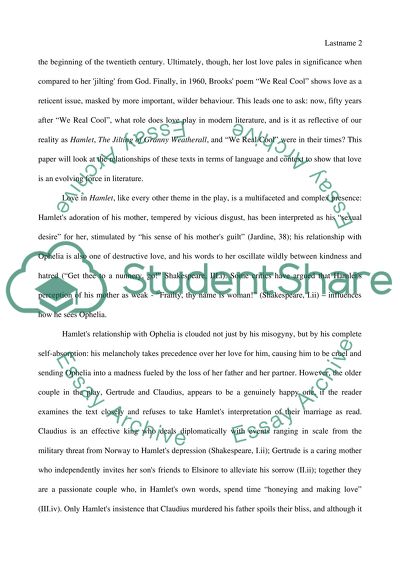Cite this document
(“Love in Hamlet, The Jilting of Granny Weatherall, and 'We Real Cool' Essay”, n.d.)
Retrieved from https://studentshare.org/english/1428437-final-exam-for-english
Retrieved from https://studentshare.org/english/1428437-final-exam-for-english
(Love in Hamlet, The Jilting of Granny Weatherall, and 'We Real Cool' Essay)
https://studentshare.org/english/1428437-final-exam-for-english.
https://studentshare.org/english/1428437-final-exam-for-english.
“Love in Hamlet, The Jilting of Granny Weatherall, and 'We Real Cool' Essay”, n.d. https://studentshare.org/english/1428437-final-exam-for-english.


